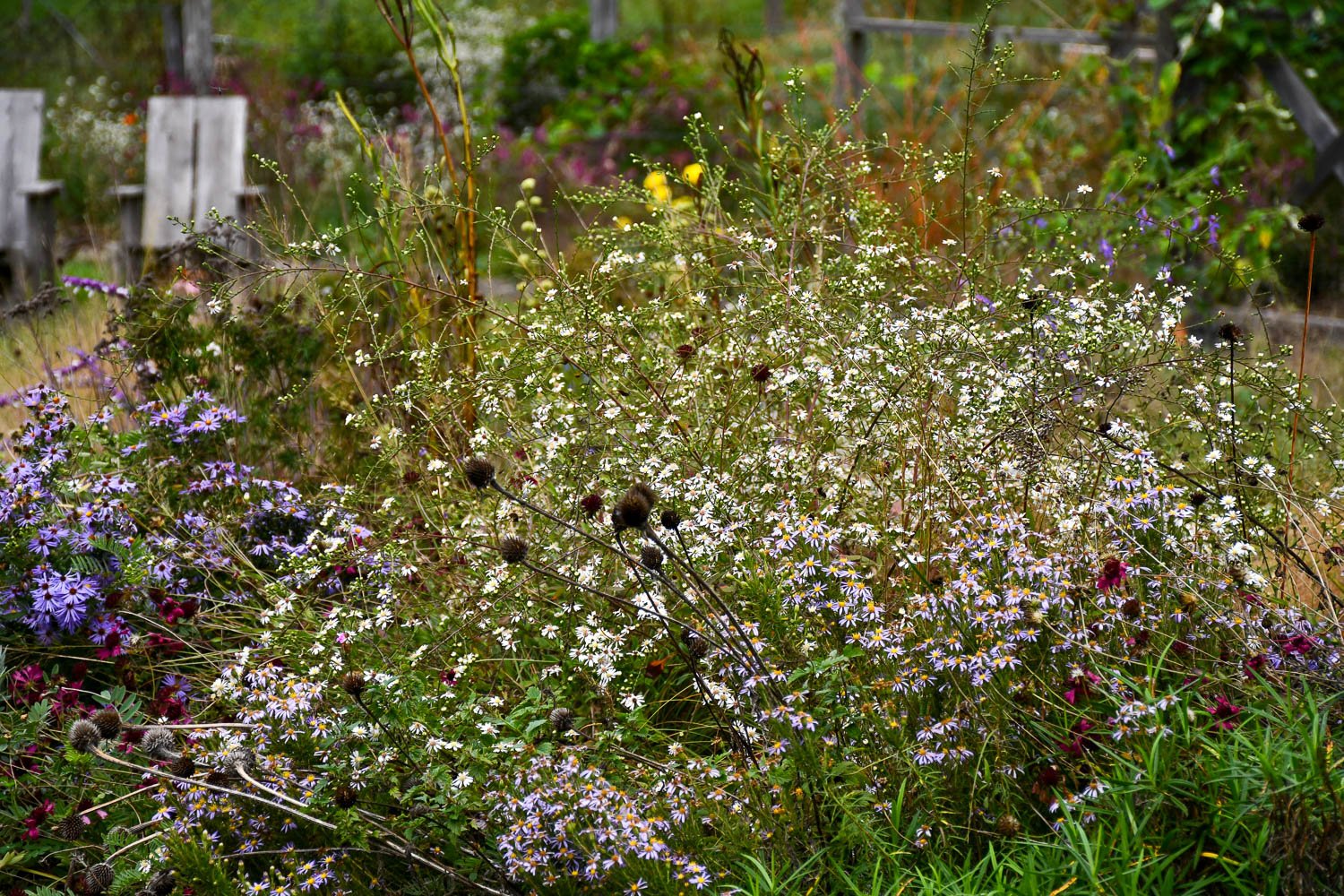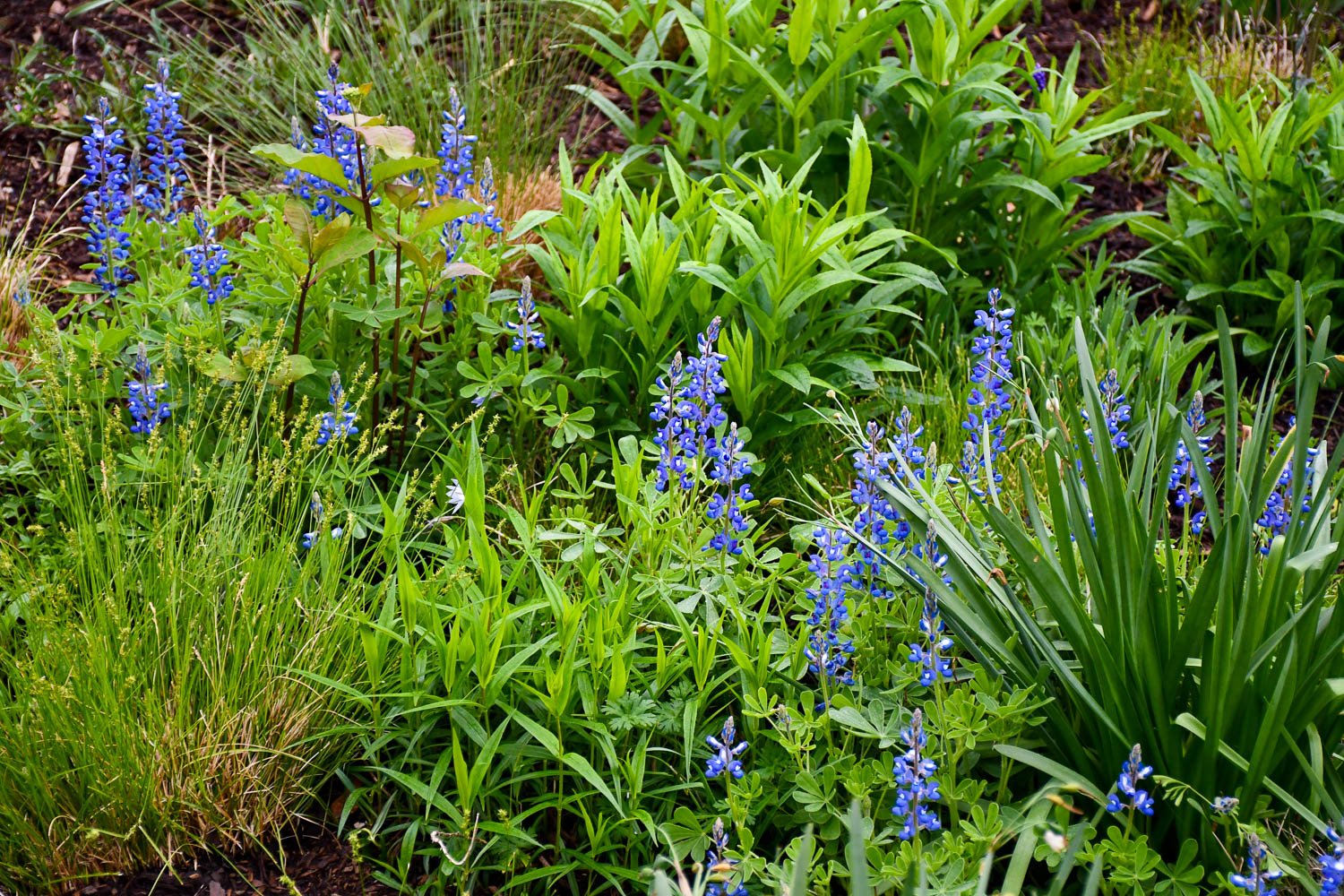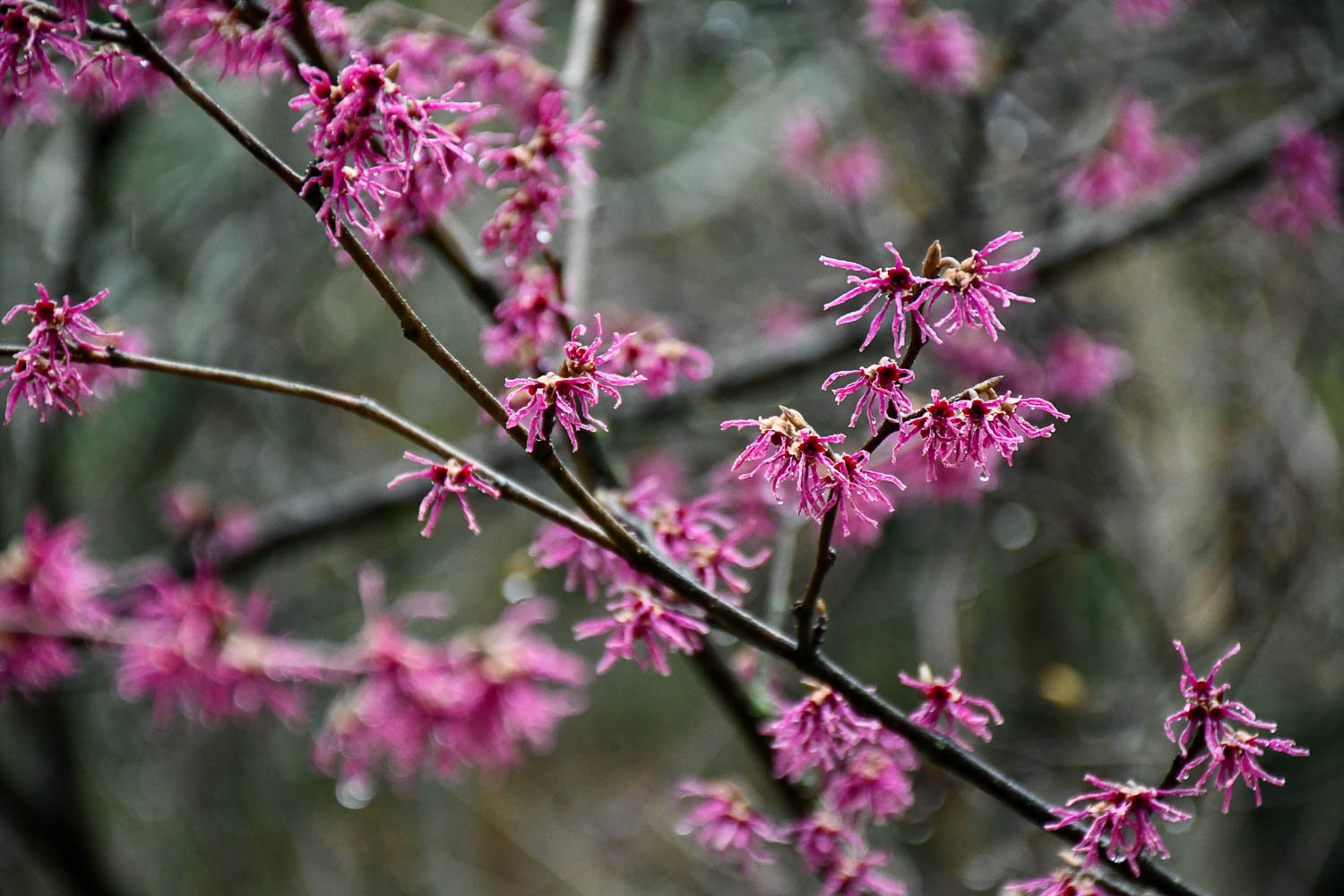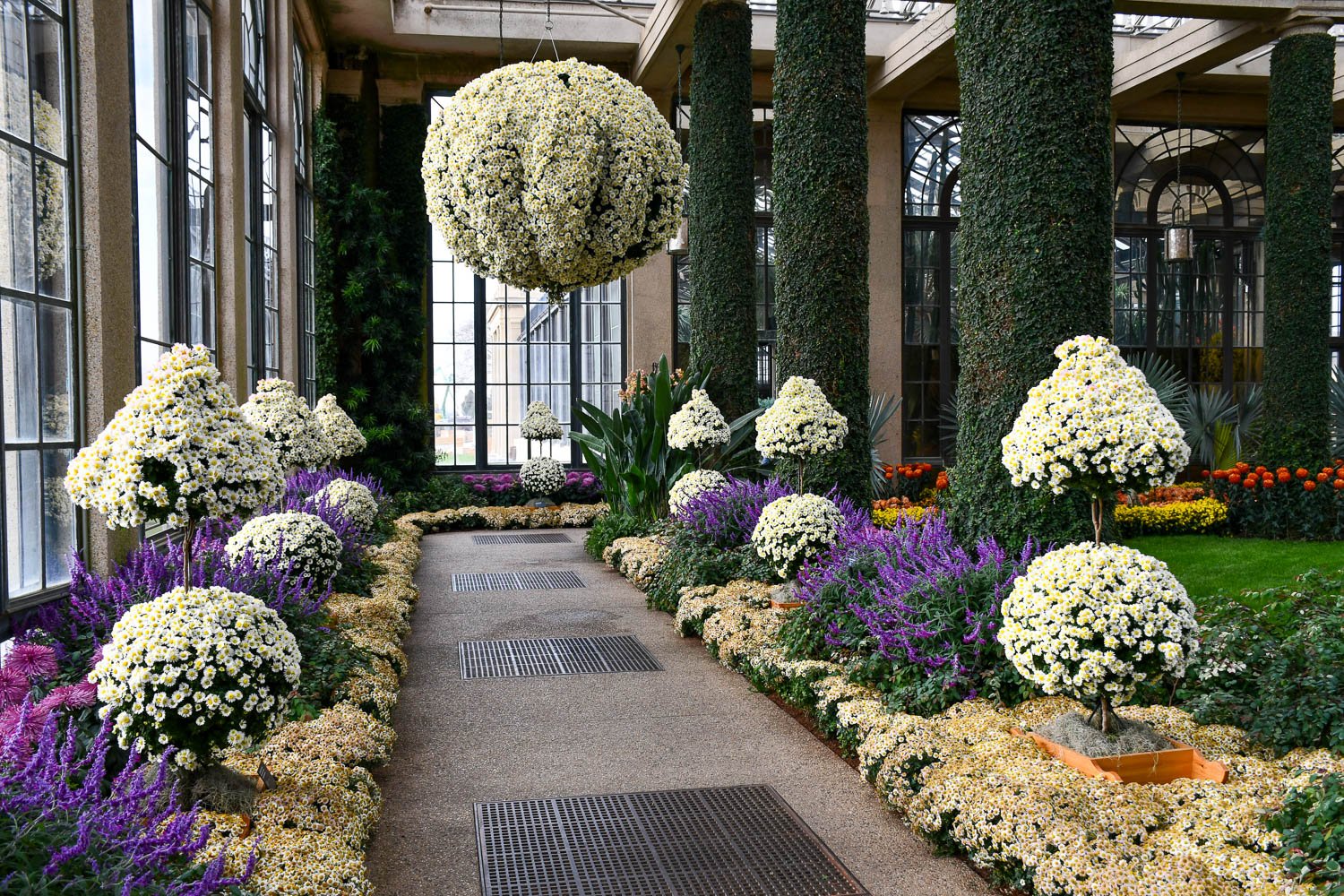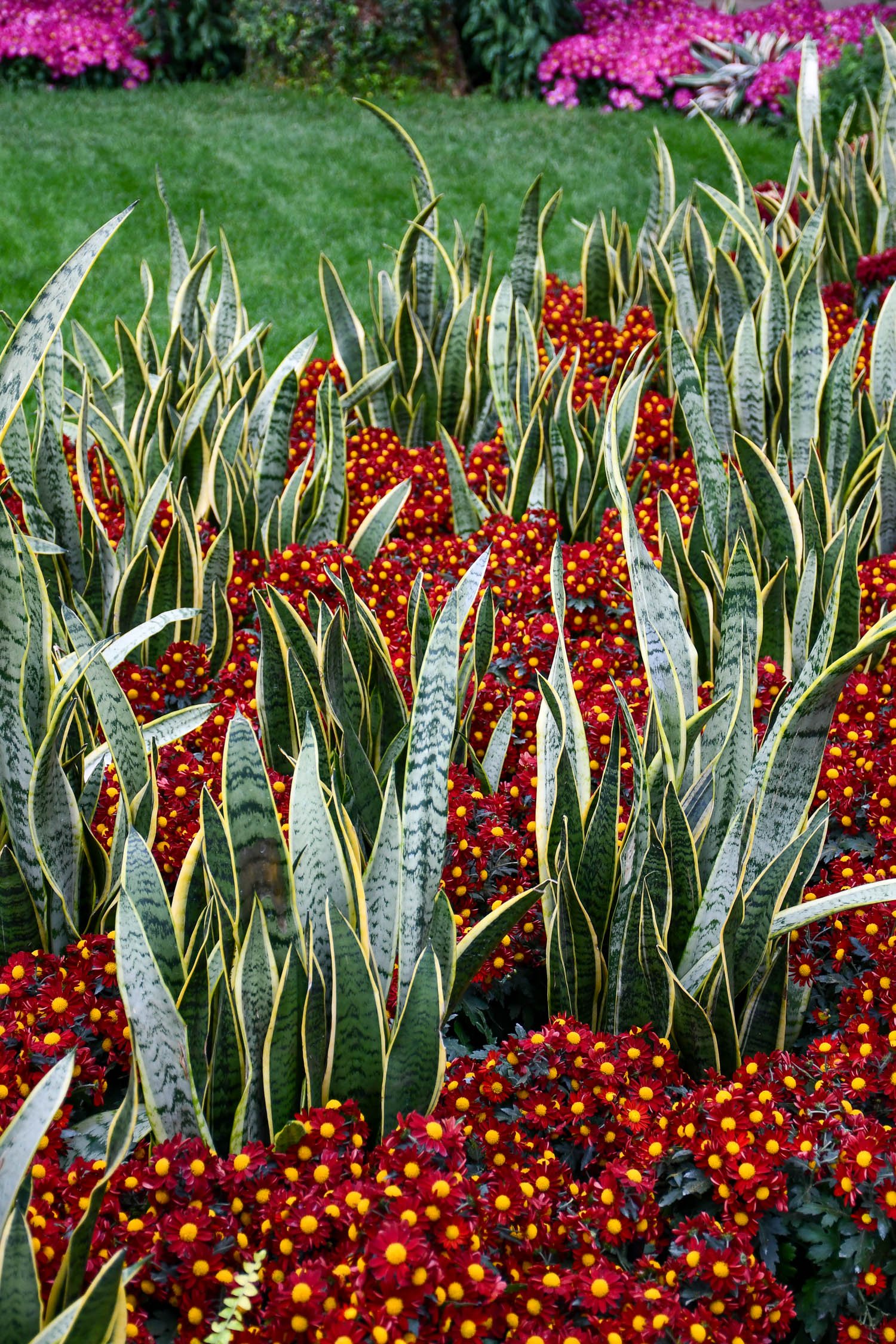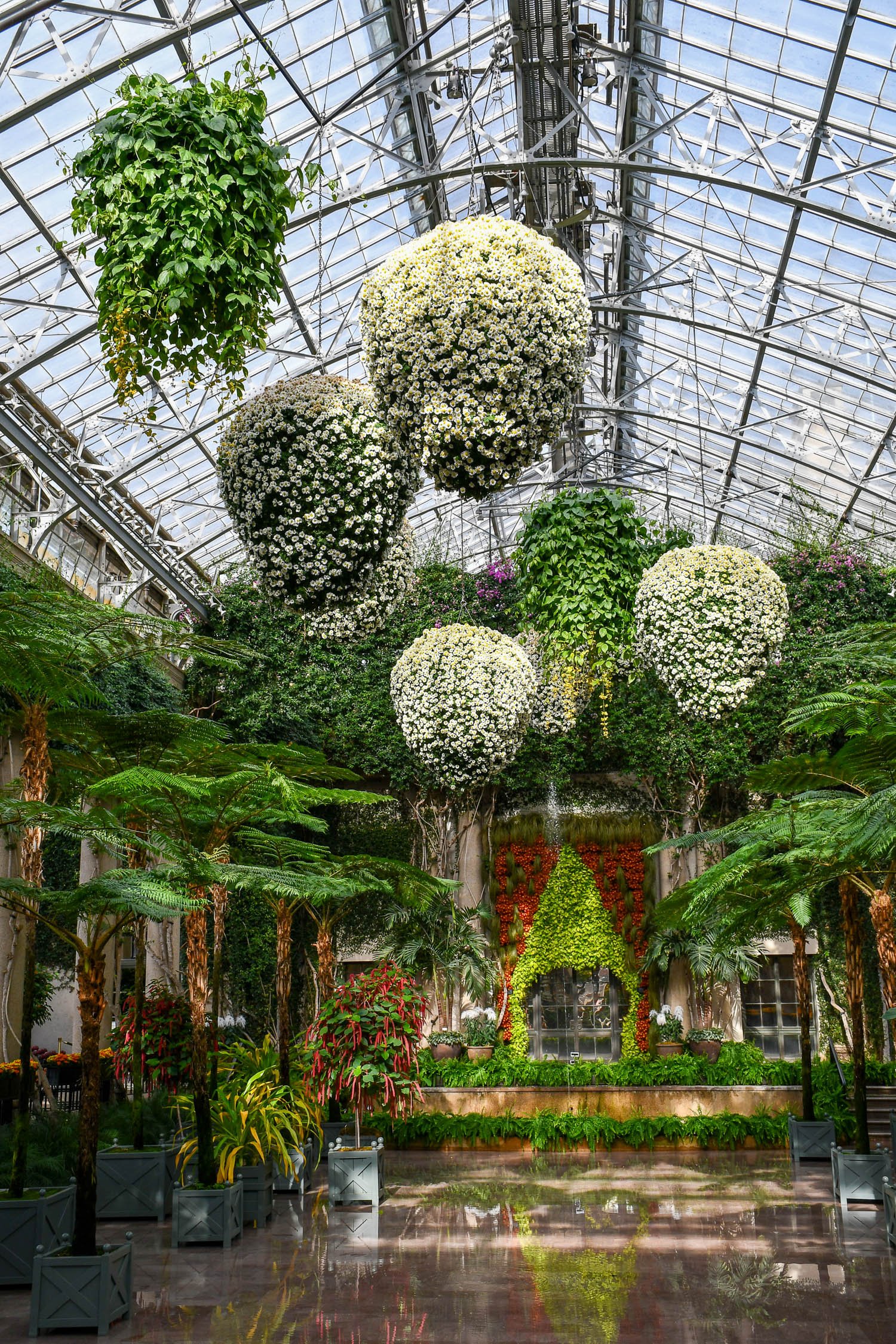I’ve admired the charm of Marshallia since I first saw them in the Green Swamp in North Carolina many years ago. In fact, they are a big part of the reason I went to the swamp in the first place. I had read about Marshallia graminifolia (grass-leaf Barbara’s buttons) in The Plantsman as a species not seen much in the trade but that offered promise in landscapes. And like an astronomer with a telescope, I searched the longleaf pine savanna on a sweltering August day until I found their spiraled galaxy-like flowers in the grass.
Marshallia graminifolia in the Green Swamp of North Carolina
A close up of Marshallia graminifolia open flowers on the outside and swirling buds still tight in the center.
After moving to Texas, I was delighted to learn about Marshallia caespitosa (clumping Barbara’s buttons), another species that inhabited Texas, Louisiana, and a few states to the north. However, this native was a spring-flowering perennial. While the genus is named after botanists Humphry Marshall and Moses Marshall, I’ve never been able to figure out who Barbara is. Wikipedia of all places is the only theory I’ve seen. Saint Barbara is invoked during lightning and thunderstorms, and perhaps the flowers as they open appear a bit like forked lightning? If you squint.
To me, Marshallia flowers resemble pinwheel galaxies as they open.
A few days later after all flowers have emerged on Marshallia caespitosa
My first few plants came from a friend, which allowed me to learn about their growth habit. Plants emerge in the depths of winter as thin leaves and grow and enlarge until buds emerge. As flowers open they appear as small pinwheel galaxies, but within a few days as more flowers open, they turn into puff balls. They appear a bit like a short Allium the way the heads are held above the foliage.
A large clump of Marshallia caespitosa still in bud
Some clumps of Marshallia caespitosa have had fasciated flowers. This year is the first time I’ve seen it.
Marshallia caespitosa bloom on a roadside in east Texas
I like to use them as a lower layer in the garden scattered amongst the green groundcover species. One plant is not enough. It benefits from having several. I plant them similar to how I see them in nature, scattered in a matrix of green. However, clumps in the garden are much larger than what I see in the wild up and down the roadsides here in east Texas. And, larger clumps are more prone to flower flopping after heavy rains.
Marshallia caespitosa at the front of the bed in the orchard.
Marshallia caespitosa dots the spring display here at Ephemera Farm.
In about a month, my plants will set seed and shortly go dormant. They are one of those plants that has lived in Texas long enough to know they don’t want to hang around during the summers.
Two years ago, I collected seed to increase my number of plants. I immediately sowed them into a gallon pot and set it on my small nursery pad in late spring. The pot sat barren much of the summer getting watered and didn’t germinate until cooler autumn weather arrived.
The following spring, I pricked the plants out into larger cells and grew them on. They didn’t flower at all last year, but I noticed their clumps never went fully dormant like plants typically do. Now, they are blooming their heads off.
This year, I’ll repeat the process so that in two years I’ll have even more blooms to enjoy from clumping Barbara’s buttons.
Marshallia caespitosa seedlings emerge in early December
If you want to learn more about sowing seeds to grow your own natural garden, then check out my Botanic Bootcamp Success with Seed Sowing. I discuss germinating Marshallia and other spring wildflowers.











